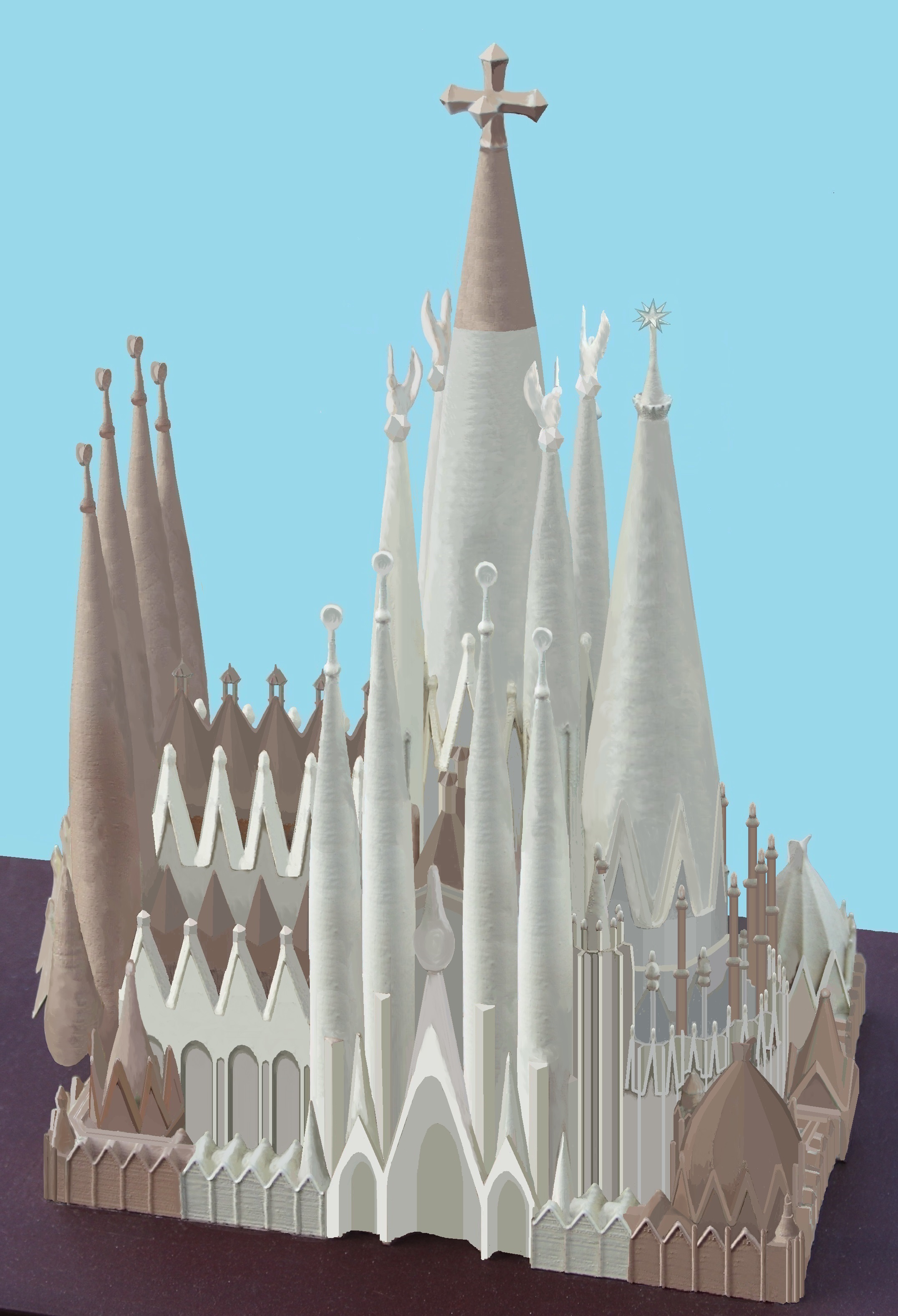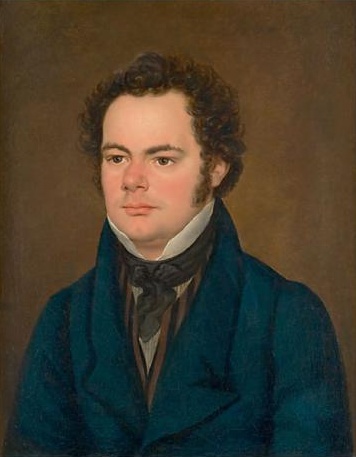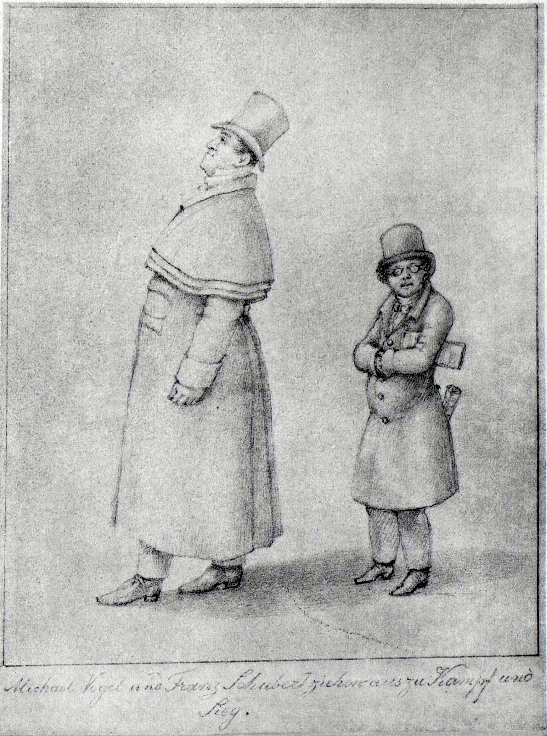|
María Do Ceo (singer)
María do Ceo is a Portuguese fado and bolero singer and composer who lives in Galicia, Spain. Early life Do Ceo was born (1959 or 1960) in Porto in Portugal but when she was ten her family moved to the city of Ourense in the autonomous community of Galicia in northwestern Spain. She learnt about fado from her father who was an amateur fado singer at night and an industrial painter by day. However, she did not begin to perform in public until quite late because of her father's objections. In 1987, she started to sing part-time at cafés in Ourense, while working as a supermarket cashier, but within a year she was giving concerts at theatres throughout Galicia. She is married to the musician, José Salgado, and they have two sons, Alex and Raúl Salgado, both also musicians. Her family often accompanies her. Musical career Her breakthrough came in the mid-1990s. In January 1996 she recorded a TVE programme and participated in a charity concert for UNICEF. That same year she took ... [...More Info...] [...Related Items...] OR: [Wikipedia] [Google] [Baidu] |
Porto
Porto (), also known in English language, English as Oporto, is the List of cities in Portugal, second largest city in Portugal, after Lisbon. It is the capital of the Porto District and one of the Iberian Peninsula's major urban areas. Porto city proper, which is the entire concelho, municipality of Porto, is small compared to its metropolitan area, with an estimated population of just 248,769 people in a municipality with only . Porto's urban area has around 1,319,151 people (2025) in an area of ,Demographia: World Urban Areas , March 2010 making it the second-largest urban area in Portugal. It is recognized as a global city with a Gamma + rating from the Globalization and World Cities Research Network. Located along the Douro River estuary in northern Portugal, Porto is one of the oldest European centers and ... [...More Info...] [...Related Items...] OR: [Wikipedia] [Google] [Baidu] |
Cover Version
In popular music, a cover version, cover song, remake, revival, or simply cover is a new performance or recording by a musician other than the original performer or composer of the song. Originally, it referred to a version of a song released around the same time as the original in order to compete with it. Now, it refers to any subsequent version performed after the original. History The term "cover" goes back decades when cover version originally described a rival version of a tune recorded to compete with the recently released (original) version. Examples of records covered include Paul Williams' 1949 hit tune " The Hucklebuck" and Hank Williams' 1952 song " Jambalaya". Both crossed over to the popular hit parade and had numerous hit versions. Before the mid-20th century, the notion of an original version of a popular tune would have seemed slightly odd – the production of musical entertainment was seen as a live event, even if it was reproduced at home via a ... [...More Info...] [...Related Items...] OR: [Wikipedia] [Google] [Baidu] |
Virxe Da Barca Sanctuary
The Virxe da Barca sanctuary is a church located in Muxía, Spain. It was destroyed by a fire that was started by lightning on 25 December 2013. History The sanctuary was originally a pre-Christian Celtic shrine and sacred spot. This part of Spain was resistant to conversion to Christianity, and was only converted in the 12th century. The Christians built a hermitage on this location at first, and later the present church in the 17th century. Gallery File:"A BARCA" Santuario - Muxía- A Coruña.jpg, Towers File:Porta no Santuario da Virxe da Barca, Muxía.jpg, Gate File:Escaleiras no Santuario da Virxe da Barca, Muxía, Galiza.jpg, Stairwells File:Retablo (desaparecido) del santuario de la Virgen de la Barca (Mugía, La Coruña).jpg, Interior, before fire File:Santuario da Virxe da Barca, Muxía.jpg, The sanctuary is near to the sea See also * List of destroyed heritage This is a list of cultural heritage sites that have been damaged or destroyed accidentally, de ... [...More Info...] [...Related Items...] OR: [Wikipedia] [Google] [Baidu] |
Barcelona
Barcelona ( ; ; ) is a city on the northeastern coast of Spain. It is the capital and largest city of the autonomous community of Catalonia, as well as the second-most populous municipality of Spain. With a population of 1.6 million within city limits,Barcelona: Población por municipios y sexo – Instituto Nacional de Estadística. (National Statistics Institute) its urban area extends to numerous neighbouring municipalities within the province of Barcelona and is home to around 5.3 million people, making it the fifth most populous ... [...More Info...] [...Related Items...] OR: [Wikipedia] [Google] [Baidu] |
Sagrada Família
The Basílica i Temple Expiatori de la Sagrada Família, otherwise known as Sagrada Família, is a church under construction in the Eixample district of Barcelona, Catalonia, Spain. It is the largest unfinished Catholic church in the world. Designed by the Catalans, Catalan architect Antoni Gaudí (1852–1926), in 2005 his work on Sagrada Família was added to an existing (1984) UNESCO World Heritage Site, "Works of Antoni Gaudí". On 7 November 2010, Pope Benedict XVI consecrated the church and proclaimed it a minor basilica. On 19 March 1882, construction of Sagrada Família began under architect Francisco de Paula del Villar y Lozano, Francisco de Paula del Villar. In 1883, when Villar resigned, Gaudí took over as chief architect, transforming the project with his architectural and engineering style, combining Gothic architecture, Gothic and curvilinear Art Nouveau forms. Gaudí devoted the remainder of his life to the project, and he is buried in the church's crypt. At ... [...More Info...] [...Related Items...] OR: [Wikipedia] [Google] [Baidu] |
Couto Misto
Couto Misto ( ; ; ) was an independent microstate on the border between Spain and Portugal. It comprised the villages of Santiago de Rubiás, Rubiás (now in the Spanish municipality of Calvos de Randín), and Meaus (now in the Spanish municipality of Baltar), all in the Salas Valley, Ourense, Galicia. The territory of the Couto Misto also included a small uninhabited strip now part of the Portuguese municipality of Montalegre. As a result of complex medieval manorial relations, this land eluded both Portuguese and Spanish control for centuries, actually operating as a sovereign state in its own right until the 1864 Treaty of Lisbon that partitioned the territory between Spain (which annexed most of the land including the three villages) and Portugal (which remained with a smaller uninhabited strip of land). As a '' de facto'' independent country, the inhabitants of the Couto Misto had many privileges, including exemption from military service and taxes, and could grant a ... [...More Info...] [...Related Items...] OR: [Wikipedia] [Google] [Baidu] |
Vatican City
Vatican City, officially the Vatican City State (; ), is a Landlocked country, landlocked sovereign state and city-state; it is enclaved within Rome, the capital city of Italy and Bishop of Rome, seat of the Catholic Church. It became independent from the Kingdom of Italy in 1929 with the Lateran Treaty. It is governed by the Holy See, itself a Legal status of the Holy See, sovereign entity under international law, which maintains Temporal power of the Holy See, its temporal power, governance, diplomacy, and spiritual independence. ''Vatican'' is also used as a metonym for the pope, the central authority of the Roman Catholic Church, and the Holy See and the Roman Curia. With an area of and a population of about 882 in 2024, it is the List of countries and dependencies by area, smallest sovereign state in the world both by area and List of countries and dependencies by population, by population. It is among the List of national capitals by population, least populated capit ... [...More Info...] [...Related Items...] OR: [Wikipedia] [Google] [Baidu] |
Pope John Paul II
Pope John Paul II (born Karol Józef Wojtyła; 18 May 19202 April 2005) was head of the Catholic Church and sovereign of the Vatican City State from 16 October 1978 until Death and funeral of Pope John Paul II, his death in 2005. In his youth, Wojtyła dabbled in stage acting. He graduated with excellent grades from an All-boys school, all-boys high school in Wadowice, Poland, in 1938, soon after which World War II broke out. During the war, to avoid being kidnapped and sent to a Forced labour under German rule during World War II, German forced labour camp, he signed up for work in harsh conditions in a quarry. Wojtyła eventually took up acting and developed a love for the profession and participated at a local theatre. The linguistically skilled Wojtyła wanted to study Polish language, Polish at university. Encouraged by a conversation with Adam Stefan Sapieha, he decided to study theology and become a priest. Eventually, Wojtyła rose to the position of Archbishop of Kra ... [...More Info...] [...Related Items...] OR: [Wikipedia] [Google] [Baidu] |
Ave Maria (Schubert)
"" ("", D. 839, Op. 52, No. 6, 1825), in English: "Ellen's Third Song", was composed by Franz Schubert in 1825 as part of his Op. 52, a setting of seven songs from Walter Scott's 1810 popular narrative poem '' The Lady of the Lake'', loosely translated into German. It is one of Schubert's most popular works. Beyond the song as originally composed by Schubert, it is often performed and recorded by many singers under the title "Ave Maria" (the Latin name of the prayer Hail Mary, and also the opening words and refrain of Ellen's song, a song which is itself a prayer to the Virgin Mary), in musically simplified arrangements and with various lyrics that commonly differ from the original context of the poem. It was arranged in three versions for piano by Franz Liszt. ''The Lady of the Lake'' and the "Ave Maria" The piece was composed as a setting of a song (verse XXIX from Canto Three) from Walter Scott's popular narrative poem '' The Lady of the Lake'', in a German translation b ... [...More Info...] [...Related Items...] OR: [Wikipedia] [Google] [Baidu] |
Franz Schubert
Franz Peter Schubert (; ; 31 January 179719 November 1828) was an Austrian composer of the late Classical period (music), Classical and early Romantic music, Romantic eras. Despite his short life, Schubert left behind a List of compositions by Franz Schubert, vast ''oeuvre'', including more than 600 ''Lieder'' (art songs in German) and other vocal works, seven complete symphonies, sacred music, operas, incidental music, and a large body of piano and chamber music. His major works include "Erlkönig (Schubert), Erlkönig", "Gretchen am Spinnrade", and "Ave Maria (Schubert), Ave Maria"; the Trout Quintet, ''Trout'' Quintet; the Symphony No. 8 (Schubert), Symphony No. 8 in B minor (''Unfinished''); the Symphony No. 9 (Schubert), Symphony No. 9 in C major (''Great''); the String Quartet No. 14 (Schubert), String Quartet No. 14 in D minor (''Death and the Maiden''); the String Quintet (Schubert), String Quintet in C major; the Impromptus (Schubert), Impromptus for solo piano; the S ... [...More Info...] [...Related Items...] OR: [Wikipedia] [Google] [Baidu] |
Algeria
Algeria, officially the People's Democratic Republic of Algeria, is a country in the Maghreb region of North Africa. It is bordered to Algeria–Tunisia border, the northeast by Tunisia; to Algeria–Libya border, the east by Libya; to Algeria–Niger border, the southeast by Niger; to Algeria–Western Sahara border, the southwest by Mali, Mauritania, and Western Sahara; to Algeria–Morocco border, the west by Morocco; and to the north by the Mediterranean Sea. The capital and List of cities in Algeria, largest city is Algiers, located in the far north on the Mediterranean coast. Inhabited since prehistory, Algeria has been at the crossroads of numerous cultures and civilisations, including the Phoenicians, Numidians, Ancient Rome, Romans, Vandals, and Byzantine Greeks. Its modern identity is rooted in centuries of Arab migrations to the Maghreb, Arab Muslim migration waves since Muslim conquest of the Maghreb, the seventh century and the subsequent Arabization, Arabisation ... [...More Info...] [...Related Items...] OR: [Wikipedia] [Google] [Baidu] |
Prince Of Asturias
Prince or Princess of Asturias () is the main substantive title used by the heir apparent, or heir presumptive to the monarchy of Spain, Spanish Crown. According to the Spanish Constitution of 1978: The title originated in 1388, when King John I of Castile granted the dignitywhich included jurisdiction over the territory of AsturiasSuárez González 2000, p. 395. – to his first-born son Henry III of Castile, Henry. In an attempt to end the dynastic struggle between the heirs of Kings Peter of Castile, Peter I and Henry II of Castile, the principality was chosen as the highest jurisdictional lordship the King could grant that had not yet been granted to anyone.Suárez González 2000, p. 394. The custom of granting unique titles to royal heirs had already been in use in the Crown of Aragon (Prince of Girona) and the kingdoms of Kingdom of England, England (Prince of Wales), and Kingdom of France, France (Dauphin of France, Dauphin of Viennois).Coronas González 2001, p. 53. T ... [...More Info...] [...Related Items...] OR: [Wikipedia] [Google] [Baidu] |







